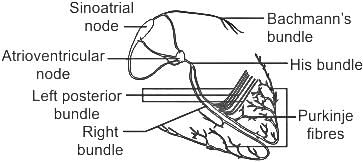CSIR NET Life Sciences Mock Test - 2 - CSIR NET Life Science MCQ
30 Questions MCQ Test - CSIR NET Life Sciences Mock Test - 2
A random sample of 24 people is classified in the following table according to their ages:
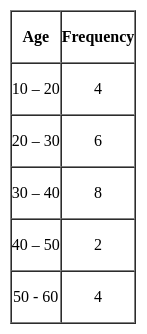
What is the mean age of this group of people?

One-third of 12 oranges got rotten. If 4 oranges are taken out randomly, what is the probability that all orange are rotten?
| 1 Crore+ students have signed up on EduRev. Have you? Download the App |
I am a five-digit even number. I have 9 at my tens place. The digit at the ten thousands place is three less than the digit at the tens place. The digit at the hundreds place is half the value of the digit at the ten thousand place. The digit at the thousand place is double the digit at the ones place. Who am I?
The amount spent on labour exceeds the amount spent on steel by:
Which nutrient provides the maximum energy on breakdown?
The interaction energy between atom A and B is ~ 400 kJ mol-1. The type of interaction between them is _________.
The reaction of glutamate and NH4+ to yield glutamine is catalyzed by ____________?
Which of the following is not a trait that should be incorporated in a crop plant?
Which of the following cells supports, nourishes, and protect the neurons?
Organogenesis or morphogenesis in tissue culture is controlled / regulated by phytohormones. The credit of this important discovery goes to:
Which of the following is not true about secondary metabolites?
Where does microsatellite DNA present in the chromosomes?
How can we distinguish the ventral surface of the earthworm by their dorsal surface?
Which of the following indicates that primitive life forms lacked both DNA and enzymes?
Given below are two statements one is labelled as Assertion (A) and the other is labelled as Reason (R).
Assertion (A): It is crucial to sustaining the Himalayan ecosystem
Reason (R): The Himalayan ecosystem is home to a number of indigenous tribes.
In the light of the above two statements choose the correct answer from the options given below:
____ is defined as the volume of air that is breathed in and out during effortless respiration.
Organs on excretion in ____ are Flame cells.
What is the level of the organization after the macromolecules?
Which one of the following is the main cause of photochemical smog?


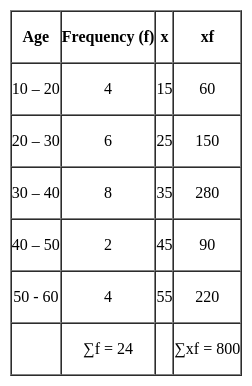





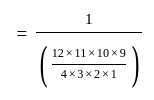

 Rs. 60000
Rs. 60000




 Rs. 6000
Rs. 6000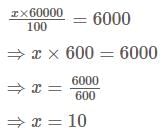
 of the total cost.
of the total cost.